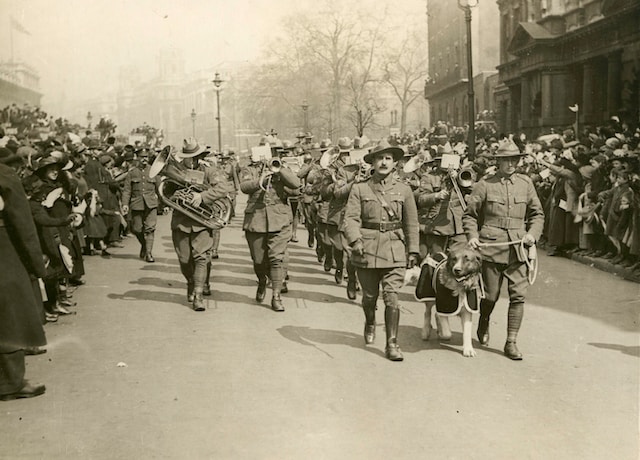In our day-to-day lives, we frequently encounter time expressed in the conventional 12-hour clock format, which utilizes a.m. and p.m. to differentiate between morning and afternoon/evening hours. However, various sectors, most notably the military, utilize a different method of timekeeping known as the 24-hour clock or military time. Our focal point for today, 1630 military time, offers a prime example of this system in action, providing a pivotal mechanism for maintaining precision and avoiding ambiguity in communication.
Understanding 1630 Military Time
When we delve into the concept of 1630 military time, we are referring to what most civilians would recognize as 4:30 p.m. The 24-hour clock, unlike its 12-hour counterpart, begins at 0000 (midnight) and counts straight through to 2400 (also midnight of the next day). This system eliminates the need for a.m. and p.m. designations, mitigating potential confusion in time-sensitive operations.
This timekeeping method ensures that every moment of the day is unique. To comprehend it better, simply consider that the hours from midnight to noon (12:00 p.m.) remain the same as in the 12-hour clock but without the a.m. suffix. From noon onwards, add 12 to the conventional hour to convert it to military time, rendering 4:30 p.m. as 1630, pronounced as “sixteen thirty.”
Military Precision and Synchronization
The utilization of 1630 military time is not merely a peculiar preference; it’s a strategic choice forged in the quest for impeccable precision and synchronization in operations. Military maneuvers are often conducted with razor-sharp accuracy, where a miscommunication regarding time can result in failed missions, casualties, or unintended international incidents.
The insistence on using a format such as 1630 hours ensures every operative, regardless of their geographical location or time zone, understands the exact moment an operation is set to commence. It provides a universal language of time that mitigates the risk of misinterpretation, which is pivotal in scenarios where coordination between international military forces is imperative.
Global Applicability
The reach of the 24-hour clock extends far beyond military contexts, permeating various domains across the globe. Sectors like aviation, railways, and shipping – essentially, areas where precision and clarity are paramount – adopt this format to synchronize activities worldwide.
When a pilot discusses departure and arrival times or when a train schedule is crafted, the usage of the 24-hour clock, including expressions like 1630 military time, eradicates vagueness, ensuring passengers and crew are in unequivocal agreement about travel times. Moreover, with travelers and goods often traversing multiple time zones, a standardized timekeeping method is crucial to maintain order and consistency.
Impact on Technological Development
As we navigate through the technological era, where devices are often interconnected across international borders, the 24-hour time format has found its utility in ensuring seamless synchronization of operations and data transfer.
Consider global financial markets and online platforms where transactions occur every millisecond. An action scheduled for 1630 military time in a server located in New York needs to be understood by another server in Tokyo without hesitation or need for conversion. The 24-hour format acts as a universal time language, enabling technological systems across varied geographical locations to interact coherently and efficiently.
Closing Thoughts
The usage of 1630 military time symbolizes more than just a point in the day. It exemplifies a global commitment to clarity, precision, and synchronization in both military and civilian sectors, creating a streamlined, unequivocal method of communication that crosses international borders and time zones.
As our world becomes progressively interconnected, the practicality and applicability of the 24-hour clock, encompassing 1630 military time, will likely permeate further into our daily lives and operations, becoming a standardized symbol of universal, clear, and precise timekeeping. Understanding and utilizing this time format fosters a bridge towards improved communication and coordination in our increasingly globalized environment.


